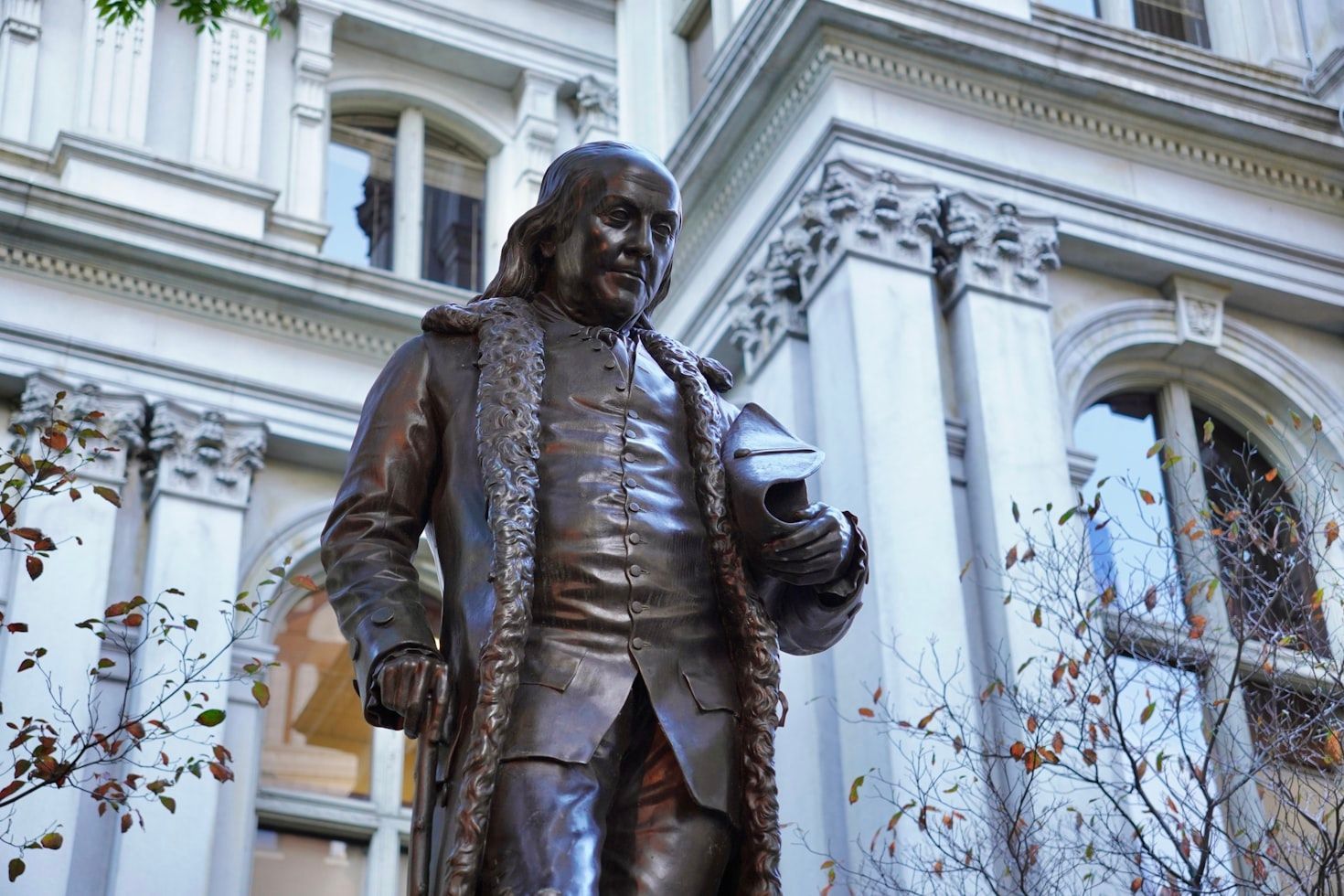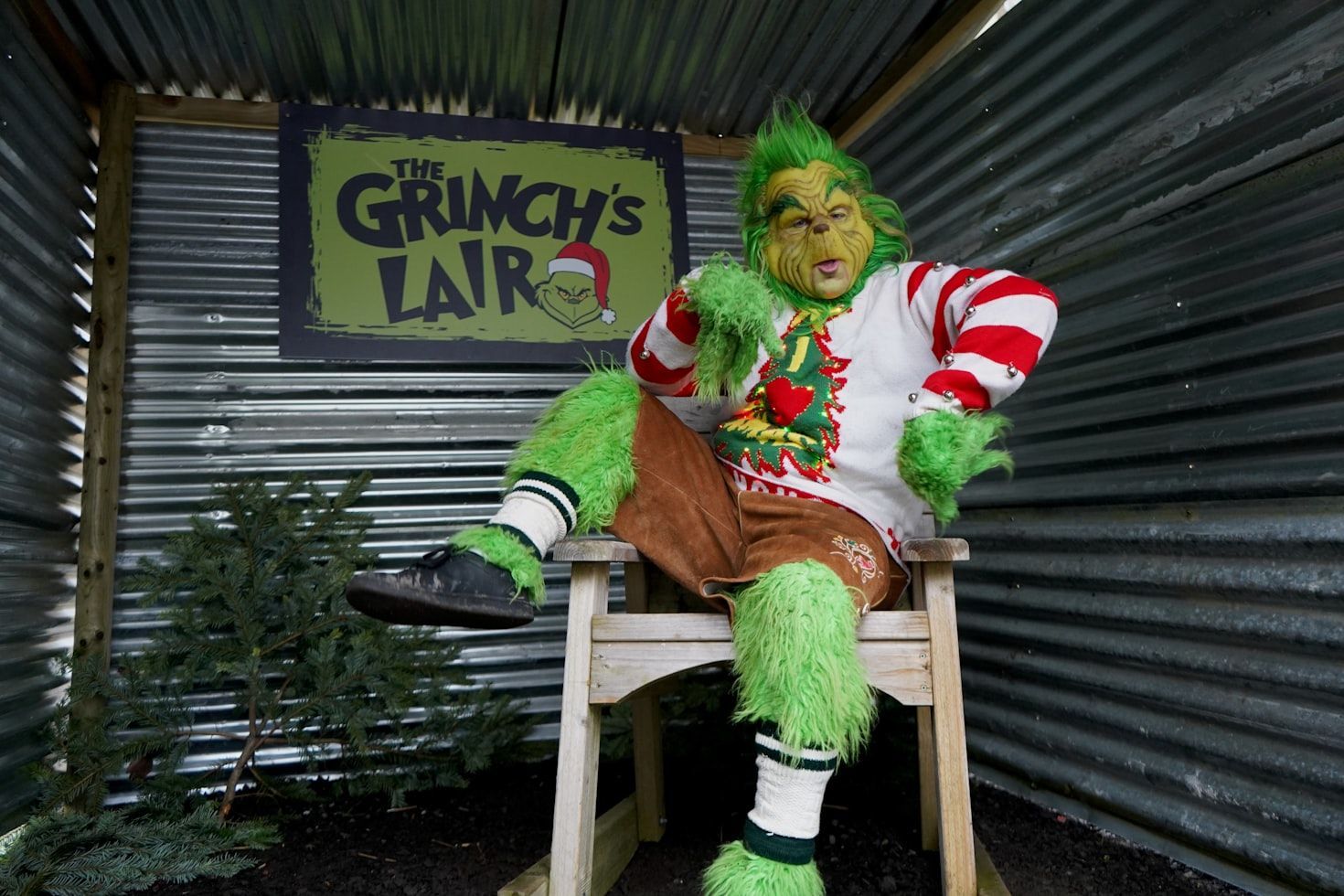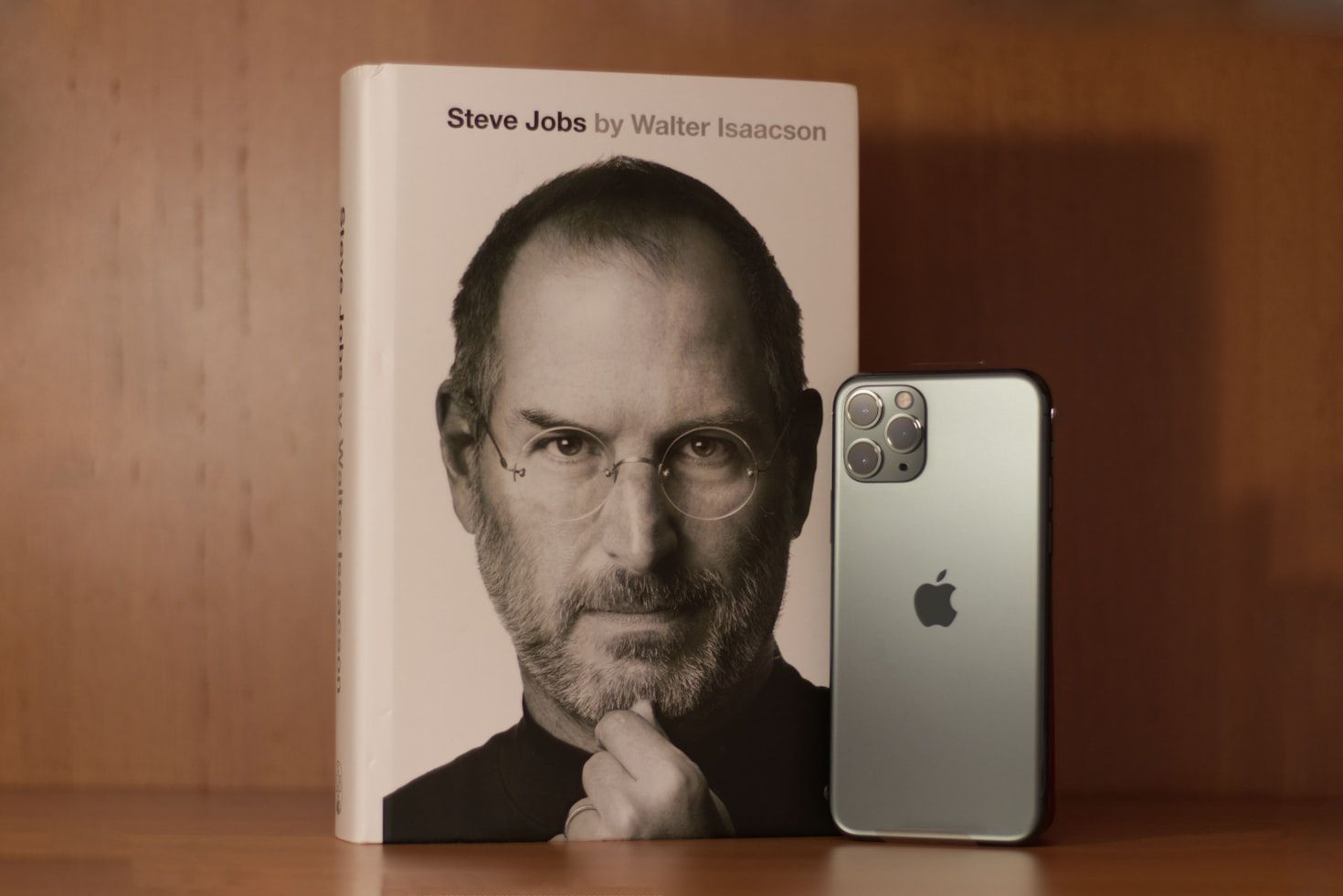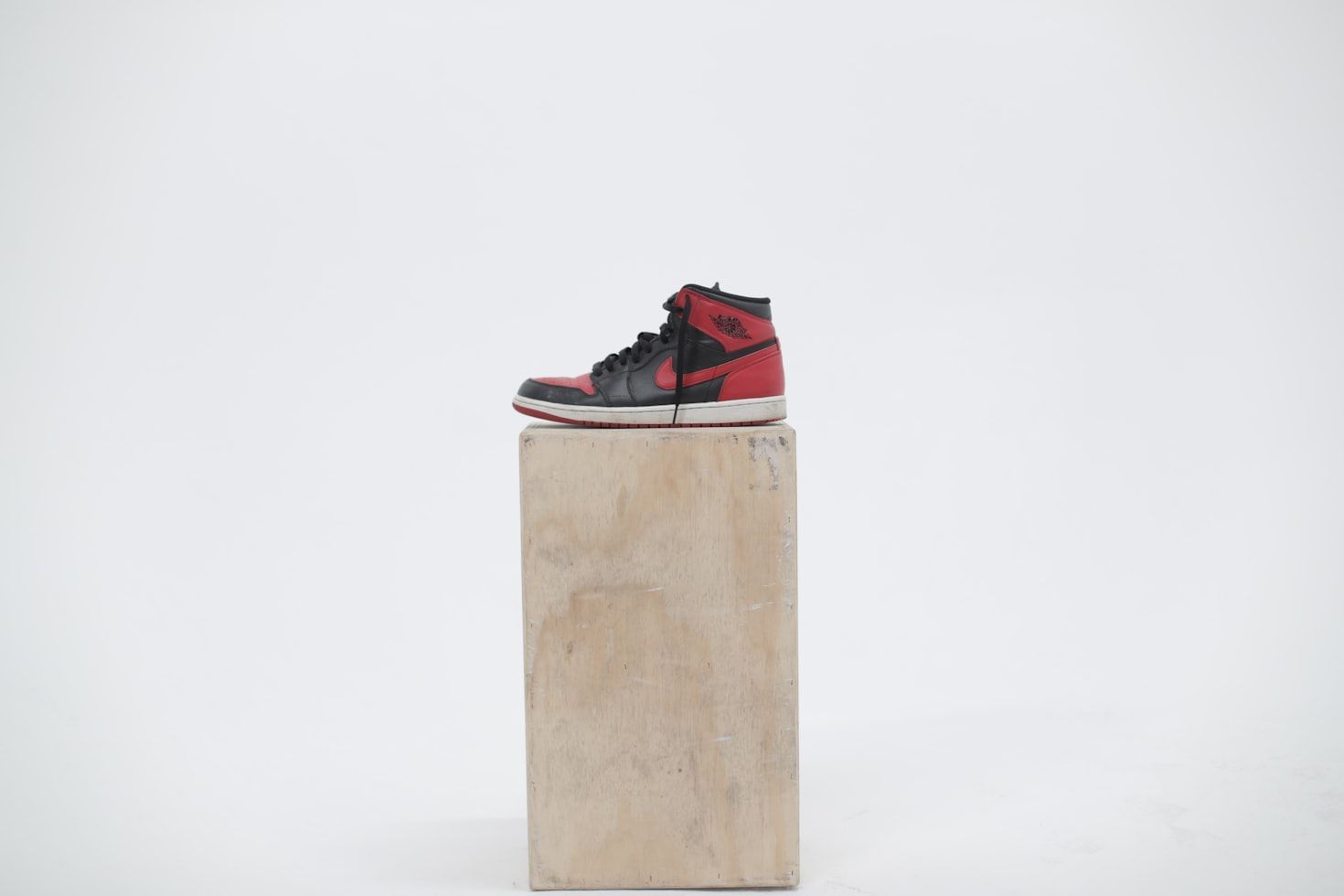From struggle to stardom
He became a millionaire at 65! 10 famous people who overcame the odds
Published on August 24, 2025
 Credit: William Warby
Credit: William Warby
Success might look like a straight climb to the top, but for most people, it's a journey full of challenges. Even the most talented and hardworking individuals have faced tough obstacles along the way. Today, we bring the stories of 10 famous stars who pushed through hard times and came out successfully. Their experiences are sure to inspire you!
Elvis Presley
 Credit: emrecan arık
Credit: emrecan arık
Although he's the undisputed King to all of us, Elvis didn't always wear the crown. When he was very young, his family struggled through the Great Depression, and that was just the beginning of the hardships. As he grew older and set his sights on a music career, his unique style and revolutionary dance moves often got him turned down. After one of his early performances at the Grand Ole Opry, someone even told him he didn't have a future in music! Can you believe it? But Elvis never gave up, and the recording of That's All Right shot him to fame.
Benjamin Franklin
 Credit: Brett Wharton
Credit: Brett Wharton
Even our nation's Founding Fathers faced tough struggles to accomplish their goals. And Benjamin Franklin was no exception. As a child, his parents couldn't afford to send him to school. In fact, he only got a formal education for two years. He gained all his knowledge and wisdom through self-teaching and hands-on experimentation. Some of the fruits of his study and hard work include the lightning rod, bifocals, and much more, not to mention his many political and diplomatic contributions that helped the United States grow.
Jim Carrey
 Credit: Geoffrey Moffett
Credit: Geoffrey Moffett
When the renowned Jim Carrey was about 15, he had to drop out of school and work as a janitor alongside his brother to help support their family. Even after living in a van, the actor never gave up and kept pushing forward to make it in the entertainment industry. Despite facing early rejection as a stand-up comedian, his breakthrough eventually came with unforgettable roles in Ace Ventura, The Mask, Dumb and Dumber, and The Truman Show.
Colonel Harland Sanders
 Credit: Marques Thomas
Credit: Marques Thomas
Success can show up when you least expect it; just ask Colonel Harland Sanders. Before founding the famous KFC, he faced many hardships, including losing his father while still young, and taking on various jobs to support his younger siblings.
It wasn’t until his 40s that he opened his first restaurant, but the venture failed and nearly bankrupted him. When he later tried to sell his now-famous 11-spice recipe, he was rejected more than a thousand times before finally hearing a yes. Finally, at the age of 65, he launched one of the most iconic fast-food brands in the world.
Sylvester Stallone
 Credit: Attentie Attentie
Credit: Attentie Attentie
Although he’s one of the most recognized stars in the world today, the road to fame wasn’t easy for Sylvester Stallone. His first major challenge came at birth, when a complication caused partial facial paralysis. Later, when he pursued his dream of acting, he struggled to land any roles, which led to financial problems and even a period of homelessness. But he never stopped believing. During this time, he wrote the screenplay for the iconic Rocky and insisted on playing the lead role himself.
Oprah Winfrey
 Credit: Joshua Hanson
Credit: Joshua Hanson
Oprah faced poverty at a very young age, but it didn't stop her from reaching success. She worked hard in school and earned a scholarship to college. Early in her career, Oprah faced discrimination and setbacks in the media industry. At one of her first jobs as a TV reporter, a boss criticized her for "getting too emotionally involved with stories." However, it was exactly that sensitivity that helped make her the superstar she is today!
Steve Jobs
 Credit: AB
Credit: AB
Life can get hard for everyone, even geniuses! Steve Jobs, co-founder of Apple, is a perfect example. After overcoming many challenges to launch Apple, he was actually pushed out of his own company in 1985! But, as life often does, it rewarded him: Apple called him back in 1997 during a financial crisis. Jobs returned with bold ideas that led to revolutionary products like the iMac, iPod, iPhone, and iPad—innovations that revived Apple and reshaped modern technology.
Stephen King
 Credit: Vitalii Onyshchuk
Credit: Vitalii Onyshchuk
Stephen King sent one of his earliest novels to 30 different publishers and got rejected by every single one. Want to know which novel it was? It was Carrie! Frustrated, he threw the manuscript in the trash, but his wife, Tabitha, retrieved it and reminded him that talent and perseverance go hand in hand. And that's exactly what happened! Today, he's one of the most famous writers in the world, with his books translated into dozens of languages and adapted into numerous films and TV series.
Michael Jordan
 Credit: Joel Muniz
Credit: Joel Muniz
Before becoming one of the greatest basketball players ever, Michael Jordan faced a tough time early in his career. As a teenager, he was cut from his high school’s varsity team. But instead of letting this rejection hold him back, it became a source of motivation! From that moment on, Michael poured all his energy into improving and proving himself. Coaches and critics doubted him too, questioning his size and skills. But, as everyone knows, his talent and determination ultimately won!
Harrison Ford
 Credit: De'Andre Bush
Credit: De'Andre Bush
We'll always remember Harrison Ford for his iconic role in Star Wars and for other major roles like Indiana Jones. But before becoming the star we know today, he had to face several hardships. When he moved to Los Angeles in the early 1960s to pursue acting, he struggled to find work. So, to support his family, he taught himself carpentry. But fate had something special in store for him. One of his carpentry clients was none other than George Lucas himself! From there, the rest is history.












